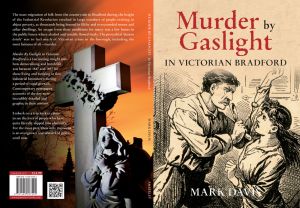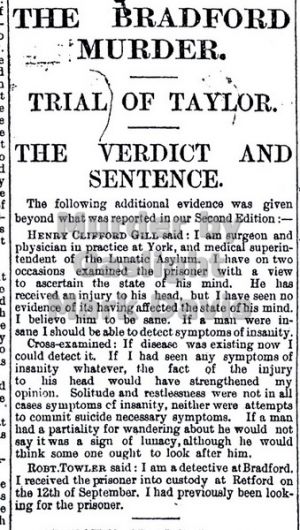If you are looking for a nice bedtime book to read, then I suggest you put this one down. Unlike my previous publication, Bradford Through Time, which explored Bradford’s rich historical landscape, this book focuses on some of the lives deeply affected by living conditions as Bradford virtually controlled the woollen industry. During the Industrial Revolution, Bradford was to become the textile capital of the world, earning the town the nickname of ‘Worstedopolis’. Many of the mills around Bradford produced a fine woollen fabric more commonly known as ‘worsted’, which brought in vast fortunes for the wool barons who owned and controlled the mills. You only have to visit the magnificent promenade at Undercliffe Cemetery where, set in stone, their former wealth and influence is expressed by huge ornate monuments that dominate the skyline even today. However, the success of these men was set against a backdrop of misery, suffering and exploitation. Mill workers worked long hours in dangerous conditions for small wages; their graves reflect their inferior status and can be found mostly unmarked and positioned on the boundaries of the cemetery.
Within this book, I have detailed previously unpublished accounts of human suffering, and each and every one of them ends in murder. When I first started to put this book together, my intention was not to produce ‘yet another murder book’ where the facts have been edited down to a bare minimum, and I feel that I have remained true to that ideal. This book not only explores the circumstances surrounding each and every tragedy, it also gives the reader a true representation of the facts as well as an insight into life in Victorian Bradford. The stories recounted are horrific to say the least, and there is no romance between these pages. I have no doubt many will find the stories harrowing and upsetting and I suspect a few may even seek out certain graves, such as that of Margaret Sutton, who, in a fit of despair, took the lives of her two young daughters before destroying herself. Margaret’s story is an extreme example of how Victorian morality affected the population. As you make your way through the book, try to imagine a Britain with no welfare state, where the creature comforts we take for granted were a thing of the future, where children aged just ten were sent to the mill as half timers, where whole families shared one double bed and where life on the poverty line was both brutal and demoralising. A friend of mine once told me ‘you can help someone with depression but there is no helping someone in despair.’ This book is full of despair; in some cases, normally placid people are driven by circumstances they cannot control to take the lives of their wives, children and even themselves. The majority of murders in Bradford were of a domestic nature, and this was also indicative of other towns during the same period.
The contemporary newspapers of the day, such as the Bradford Daily Telegraph and the Bradford Observer, were incredibly detailed when relating to crime, and more
especially to that of murder in the nineteenth century; every slash, cut and hammer blow was recorded minutely for the general public, who were forever eager to consume every morsel of information. It is from those nineteenth-century newspaper articles that much of the information contained within this book has been drawn. Not only do we visit long gone crime scenes, but we also become spectators at inquests, trials and even funerals. In addition, I have managed to source many contemporary illustrations, which, along with more recent images, assist us in seeing the bigger picture.
Every story recounted in this book left families reeling for decades after the event. Take, for example, Lister Bastow, who killed his wife and daughter because he simply could not cope with his wife leaving him when poverty took the family to imminent eviction. His actions left his two younger children orphaned, as were Hannah Holroyd’s family when Samuel Charlton, full of jealousy, virtually decapitated her rather than see her leave him for a much younger man.
The long dead victims of these horrific crimes have, through the medium of this book, been given recognition and a voice. They no longer turn in their graves silenced by the sheer passage of time.
Mark Davis
Published 19 November 2013.
http://www.amazon.com/Murder-Gaslight-Victorian-Bradford-Davis/dp/1445622815
 sm.jpg)
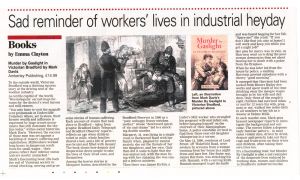
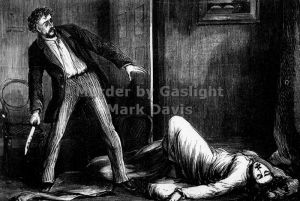
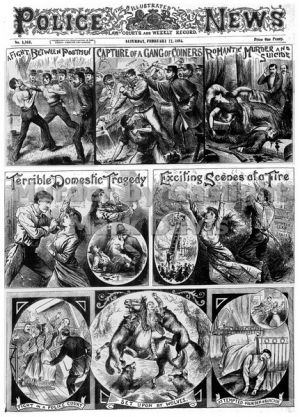
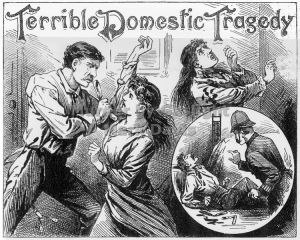
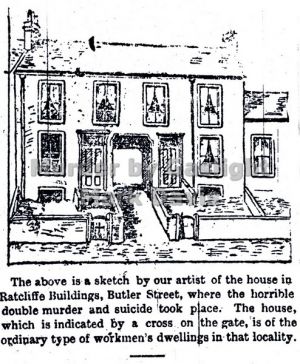
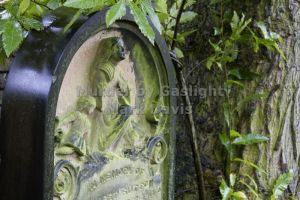
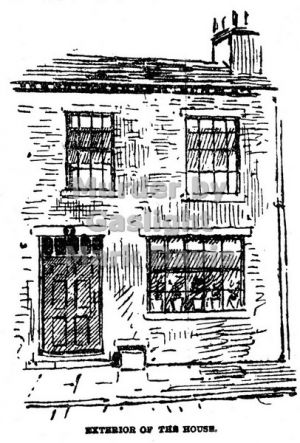
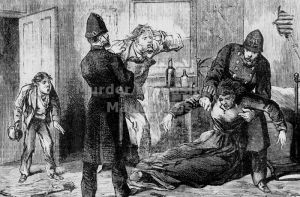
, Saturday, January 27, 1894 thomas bentley sm.jpg)
